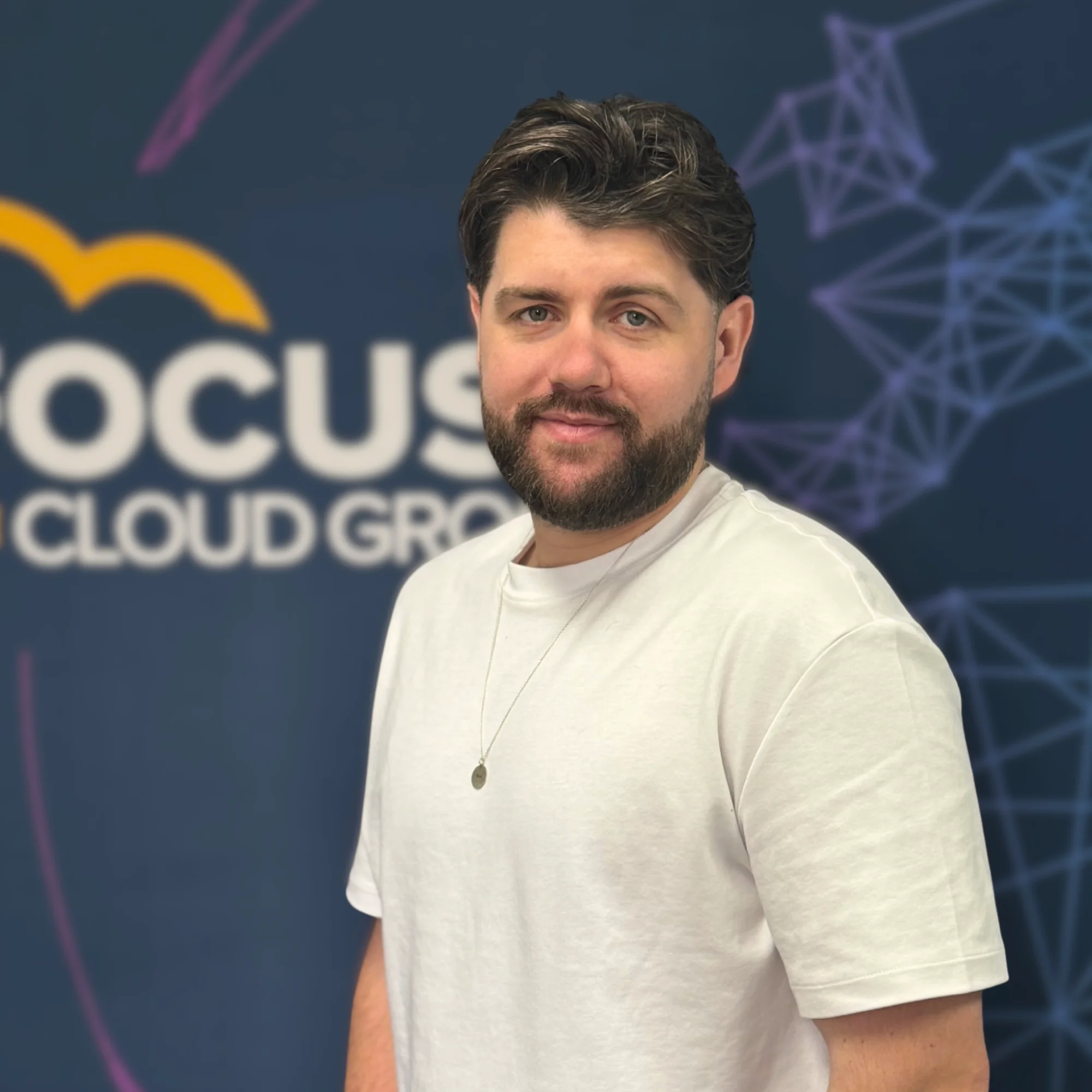It used to be all about the CV. However, with the growth of LinkedIn as a professional social media platform, it’s now an additional tool to help you have a voice and presence within your industry, and support you in your job search. Your network and future employers have easy access to your LinkedIn profile, so it’s imperative that you’ve got things up-to-date and that your profile offers an accurate reflection of you as a professional. CVs are still the universal language of job hunting, but LinkedIn is growing in importance when it comes to bagging that interview. You can even use LinkedIn Easy Apply to send your profile across to job posters, without your CV.
With the Workday® ecosystem being small, your reputation and voice within the industry are all the more important. If you’re on the hunt for a new role, you’ll need to consider the best way to present yourself.
At the time of writing, there were 100,844 jobs under the search term ‘Workday’ in the United States, and 11,866 in EMEA, on LinkedIn. Having a LinkedIn profile is definitely a good place to start if you’re searching for new Workday® opportunities, but your CV is still an essential, and very powerful, tool. Let’s take a look at how you can present your CV and LinkedIn profile to your best advantage, and the main ways in which they should differ.
Foundations
Let’s start with the basics. Your LinkedIn profile is a general overview of your professional persona, experience and achievements. You can create a very comprehensive picture of your professional life, with your personality added in – people can see your profile, what you’ve posted, and how you’ve interacted with your network. This is a good overview for a prospective employer. However, a CV and covering letter should be specifically tailored for a role. You can demonstrate with more precision how you would fit the requirements of a new opportunity, and show that you’ve put some time and effort into applying, if you tailor your CV and cover letter accordingly.
Tone and Language
Both your CV and LinkedIn profile should be professional in tone and language, but you can get away with being more informal on your LinkedIn. CVs should use formal language, in the third person, at all times. On LinkedIn, you should still be formal and professional, however, there is a movement towards using more conversational language on the platform, humanising the professional behind the profile. You should always write in the first person on LinkedIn, and you’ve got more freedom with your LinkedIn summary to add more detail. Your CV summary should be concise and to the point, as you have far less physical space. In terms of language, you need to consider keywords to use in both your CV and your LinkedIn profile text. These keywords will help your CV appear on recruitment tracking systems and job board searches, and help your LinkedIn profile appear in searches. Take a look at the job descriptions and company websites for the type of job or company you’d apply for, and work these keywords into your CV and profile.
Content
Your CV should be text only, however, LinkedIn offers a much wider range of content types. Adding pictures, gifs, carousels and videos to your profile and posts are a great way to diversify your profile and make it eye-catching and interesting. This would be inappropriate on your CV, however. Using interesting content on your LinkedIn profile can grab the attention of people within, and outside of, your network, and you never know where this might lead.
Both your CV and LinkedIn profile serve different purposes. LinkedIn can raise your profile within the industry and lead to you being headhunted, something that a CV won’t achieve on the same scale. You can also let your network know you’re open to work, without your current employer seeing this. Your profile, however, doesn’t allow for processes such as blind recruitment. CVs can be anonymised so that hiring managers are sure there is no bias in their recruitment process, an important issue within the tech industry. There will also be confidential information about projects/clients etc. that you can put on a CV, but it wouldn’t be appropriate to put on LinkedIn.
It's best to try and excel at creating excellent CVs and LinkedIn profiles, as both will serve different purposes, and open up the widest number of opportunities to you.
If you’re looking for your next role, our specialist Recruitment Consultants can help. They will support you with CV writing, advise on how to get your LinkedIn profile up to scratch, and present you with the most relevant opportunities for you. Focus on WD are 100% dedicated to recruitment for Workday® roles, so get in touch today.




